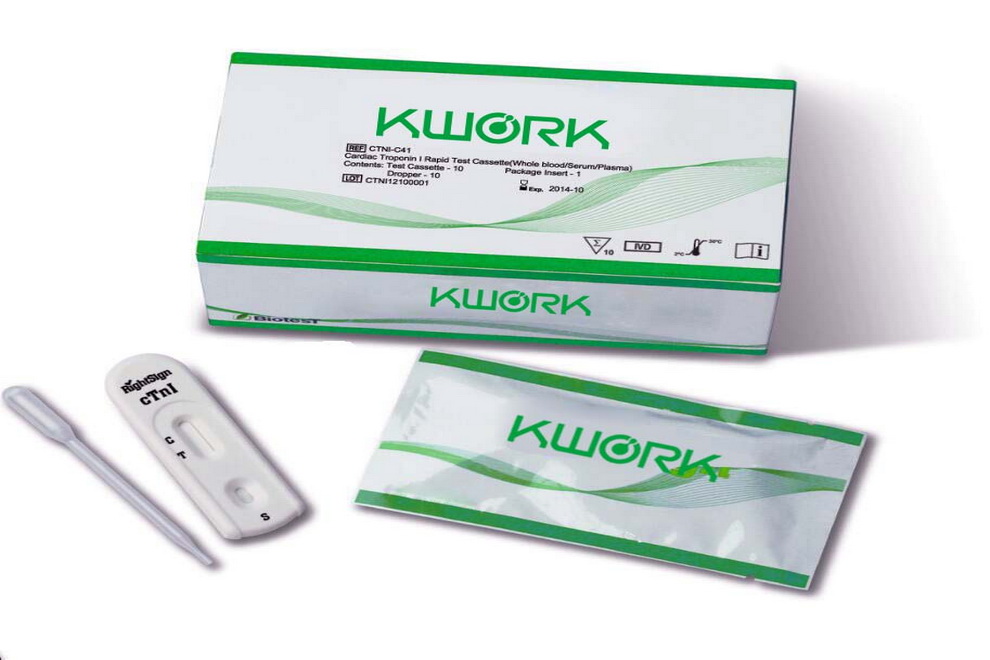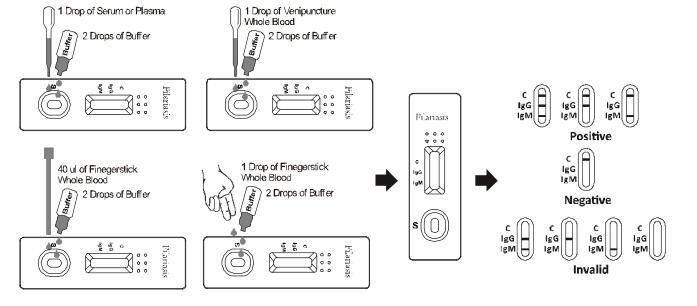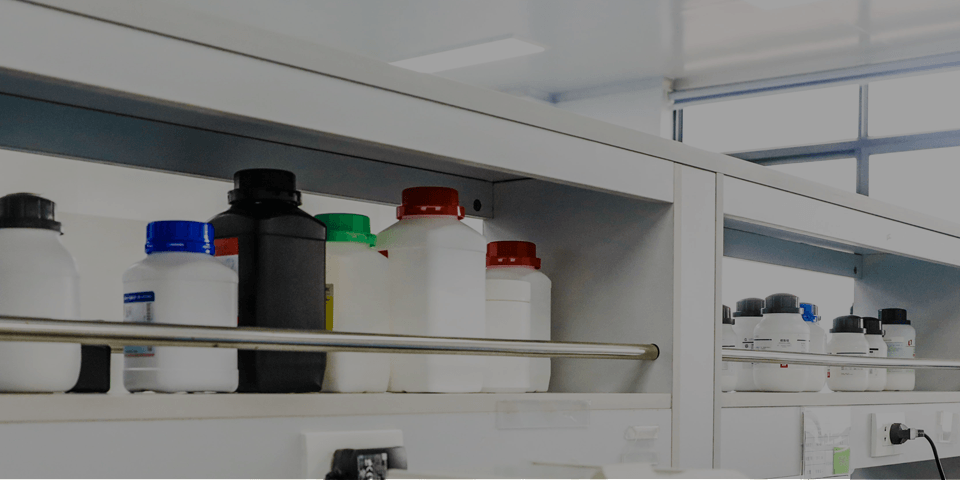
【SUMMARY】
The lymphatic filariasis known as Elephantiasis, mainly caused by W. bancrofti
and B. malayi, affects about 120 million people over 80 countries . The disease
is transmitted to humans by the bites of infected mosquitoes within which the
microflariae sucked from an infected human subject develops into third-stage
larvae. Generally, repeated and prolonged exposure to infected larvae is
required for establishment of human infection.
The definitive parasitologic diagnosis is the demonstration of microflariae in
blood samples . However, this gold standard test is restricted by the
requirement for nocturnal blood collection and lack of adequate sensitivity.
Detection of circulating antigens is commercially available. Its usefulness is
limited for W. bancrofti 4 . In addition, microfilaremia and antigenemia
develop from months to years after exposure.
Antibody detection provides an early means to detect filarial parasite
infection. Presence of IgM to the parasite antigens suggest current infection,
whereas, IgG corresponds to late stage of infection or past infection 5 .
Furthermore, identification of conserved antigens allows ‘pan- filaria’ test to
be applicable. Utilization of recombinant proteins eliminates cross-reaction
with
individuals having other parasitic diseases 6 . The Filariasis Rapid Test uses
conserved recombinant antigens to simultaneously detect antibody to the W.
bancrofti and B. malayi parasites without the restriction on specimen
collection.
【DIRECTIONS
FOR USE】
Allow the test, specimen, buffer and/or controls to reach room temperature
(15-30°C)prior to testing.
1. Bring the pouch to room temperature before opening it. Remove the test
cassette from the sealed pouch and use it as soon as possible. Best results
will be obtained if the assay is performed within one hour.
2. Place the cassette on a clean and level surface.
For Serum or Plasma specimen: Hold the dropper vertically and transfer 1 drop
of serum or plasma (approximately 40 ul) to the specimen area,then add 2 drops
of buffer (approximately 80 mL),and start the timer, see illustration below.
For Venipuncture Whole Bloodspecimen: Hold the dropper vertically and transfer1
drop of whole blood (approximately 40 ul) to the specimen area, then add 2drops
of buffer (approximately 80 ul ), and start the timer. See illustration below.
For Fingerstick Whole Bloodspecimen:
·To use a capillary tube: Fill the capillary tube and transfer approximately
40m mL of fingerstick whole blood specimen to the specimen area of test
cassette, then add 2 drops of buffer (approximately 80 ul) aulnd start the
timer. See illustration below.
·To use hanging drops: Allow 1 hanging drop of fingerstick whole blood specimen
(approximately 40 ul ) to fall into the specimen area of test cassette, then
add 2 drops of buffer (approximately 80 ul) and start the timer. See
illustration below.
3. Wait for the colored line(s) to appear. Read the result at 15 minutes, do
not interpret the result after 20 minutes.




